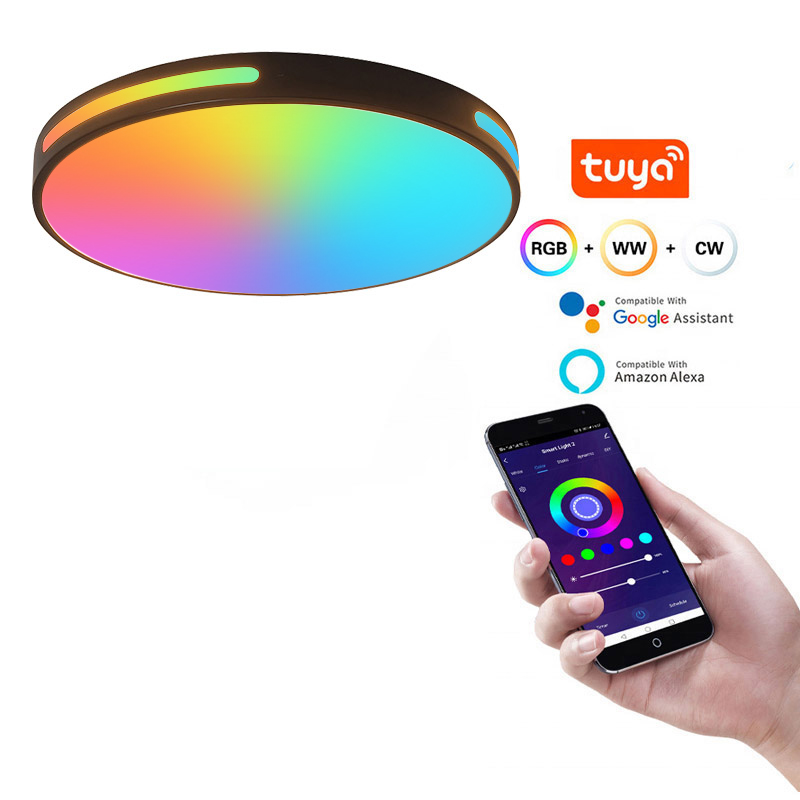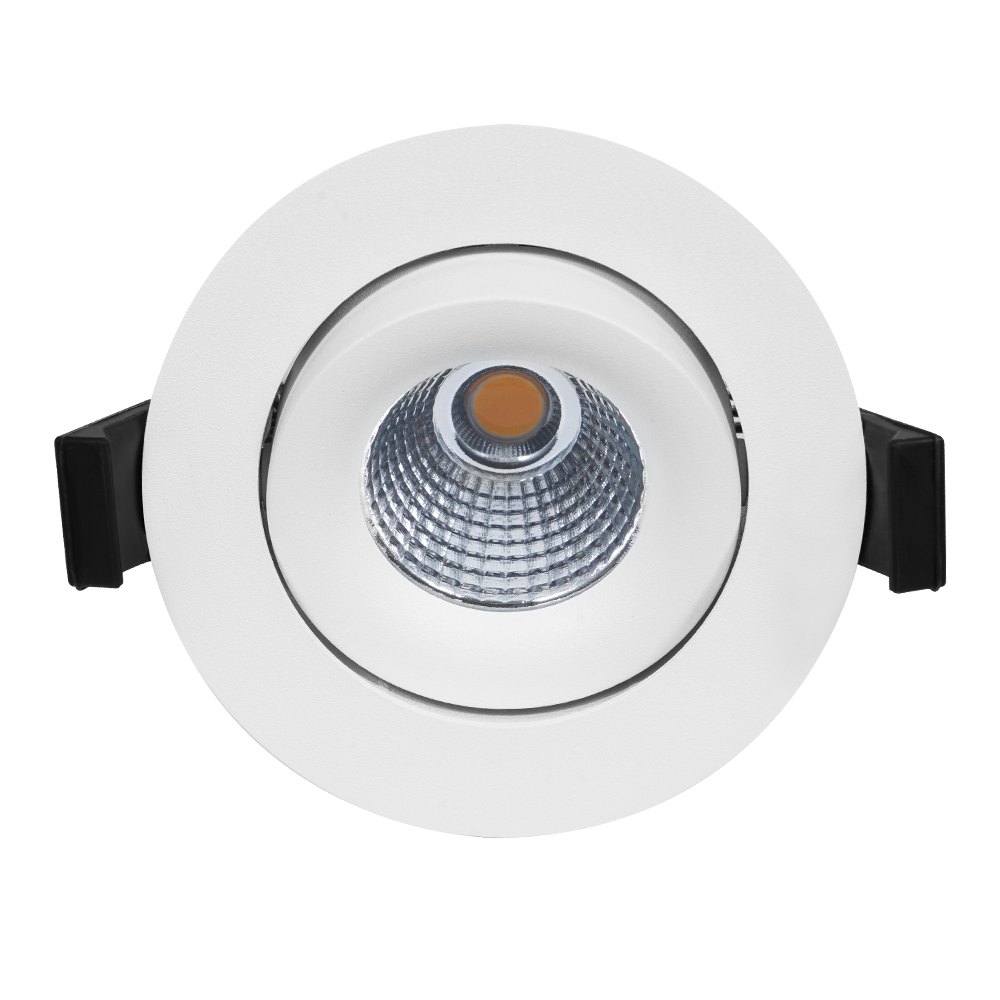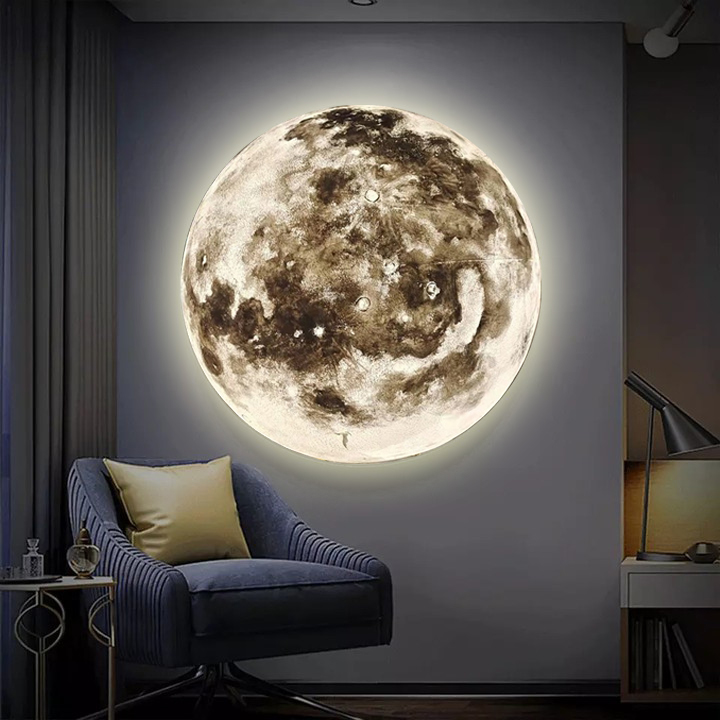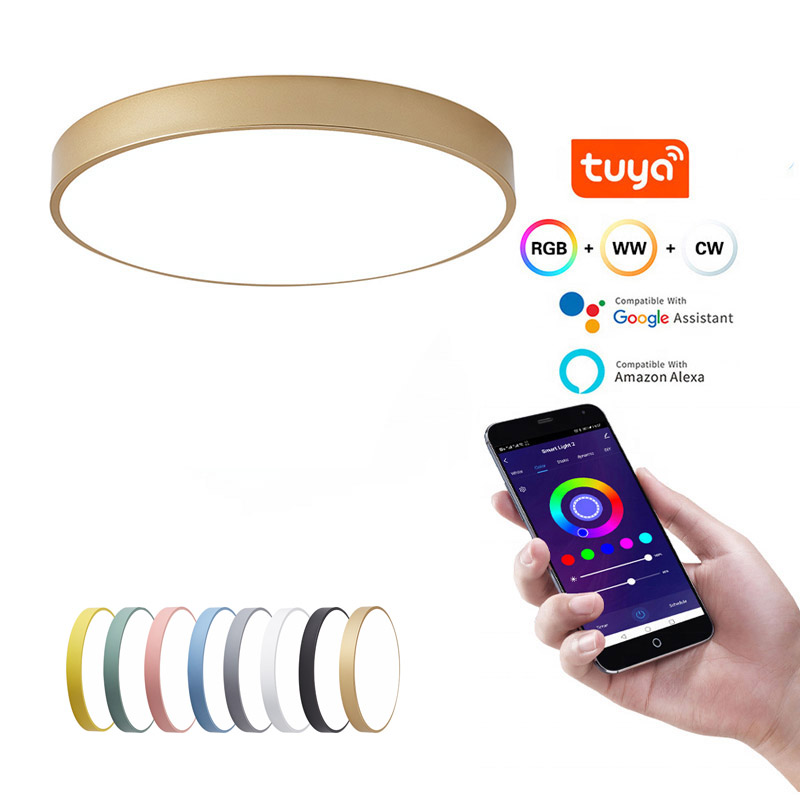With the arrival of the era of masterless lighting, downlights are more popular.
Because generally do no main light lighting design, to apply a large number of downlights. And the essence of the masterless light is scatter lighting.
Therefore, when choosing downlights to do no main light design, the reasonable choice of beam angle is also very important.
What exactly is the beam angle? Let's take a look below!
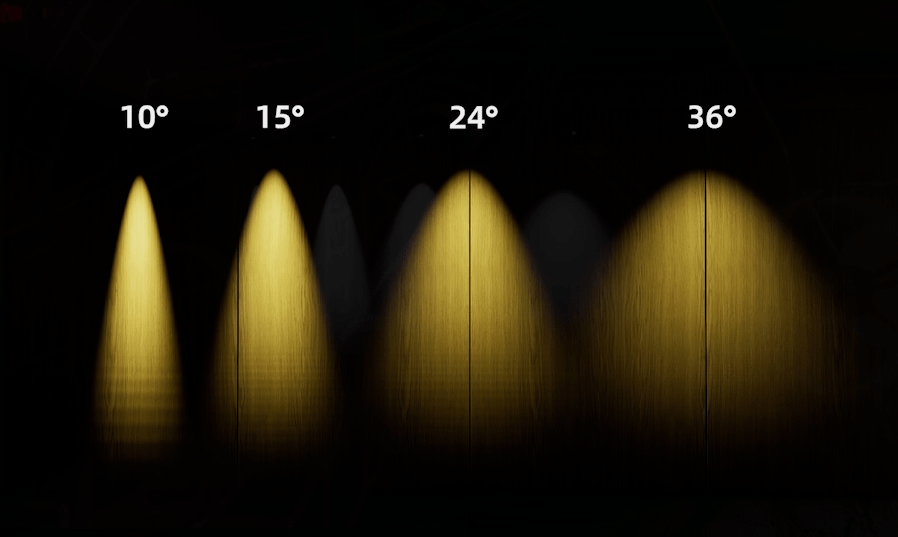
The role of beam angle in different types of lighting
Each area has different lighting requirements that fall into three main categories.
These include Basic lighting, Accent lighting and Decorative lighting.

Basic Lighting
Basic lighting is the most common and widely used in all spaces. You often see this kind of lighting in living rooms, bedrooms, garages and bathrooms.
It strikes a balance between intensity and spread. Typically, basic lighting covers the entire space with enough intensity to provide good utility.
Beam angles for such lights range from 120 to 90 degrees, depending on the size of the area.
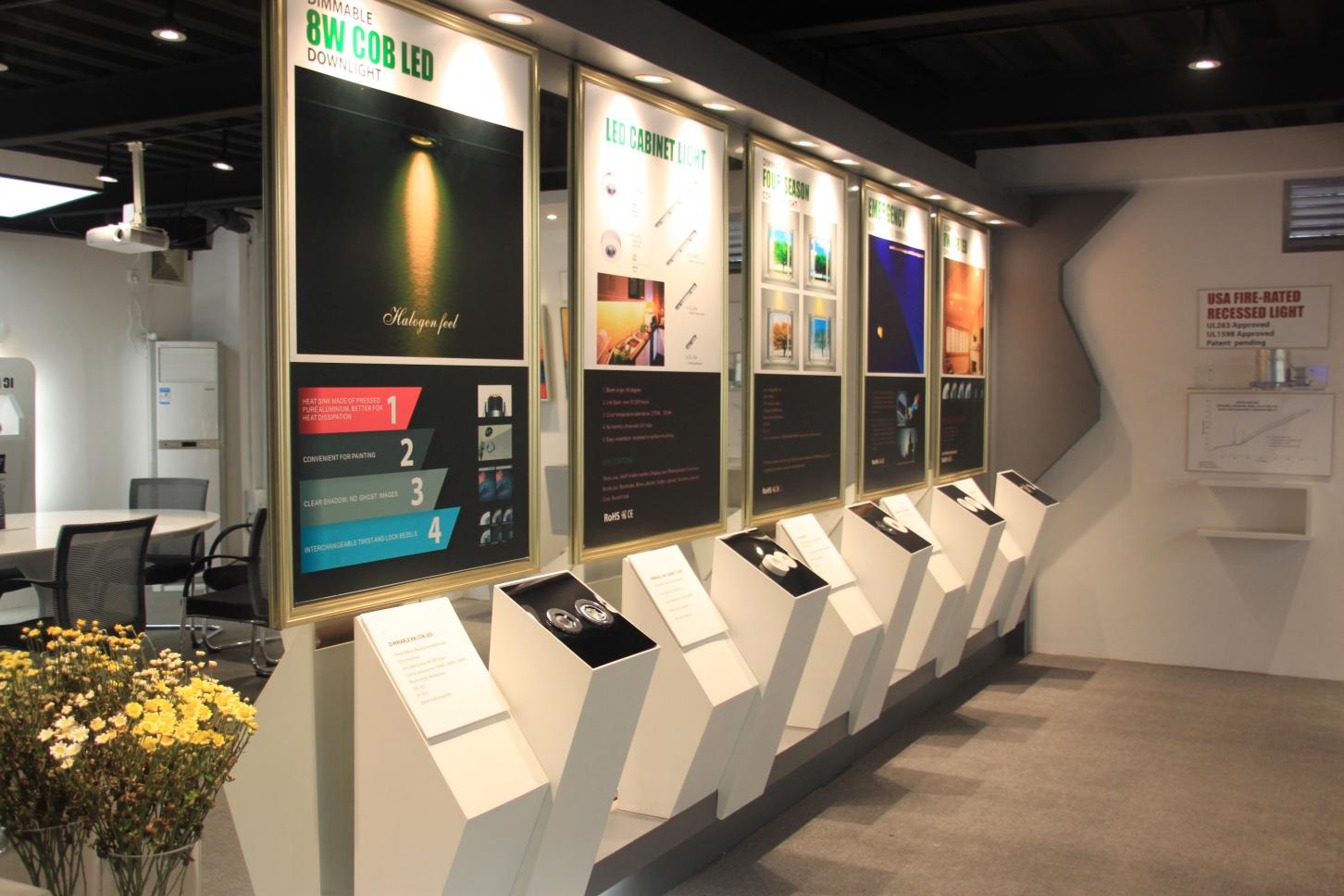
Accent Lighting
Accent lighting highlights specific areas of a space. For example, you can use it to illuminate a sitting area in a living room or to highlight the color of a wall.
Because it doesn't require a wider spread, you can use light with a narrower beam angle. A light with this beam angle illuminates only selected areas and provides deep intensity.
Typically, you use medium-narrow or narrow beam angles for accent lighting.
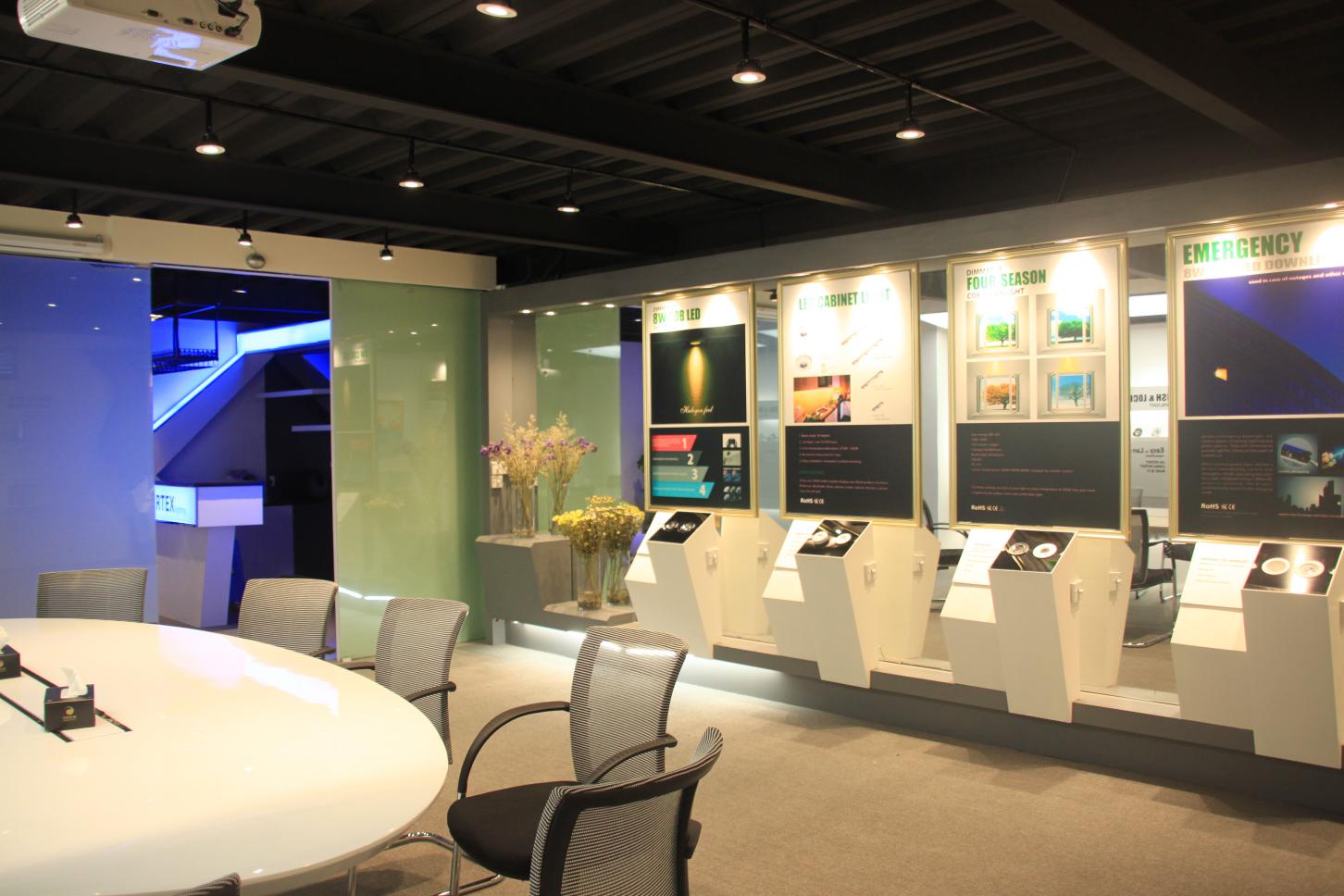
Decorative Light Fixtures
Decorative light fixtures, as the name suggests, are used for decoration. For example, you can use them to highlight decorative pieces or install different colored lights in certain parts of your house.
Usually, narrow and very narrow beams of light are used for this purpose.
These lights do not have to illuminate a large space, but rather a narrow area. Narrower angles provide just that, while providing more intensity.
Beam angle describes the spread of light, which is one of the most important factors to consider when lighting a space.
Choosing the wrong beam angle can result in proper illumination that is too bright in some places and too dark in others.
To find the right beam angle, several factors must be considered. The most important of these are the size of the ceiling, the height and the purpose of the lighting.
If you make your decision based on all of these factors, you will get the best possible lighting conditions.
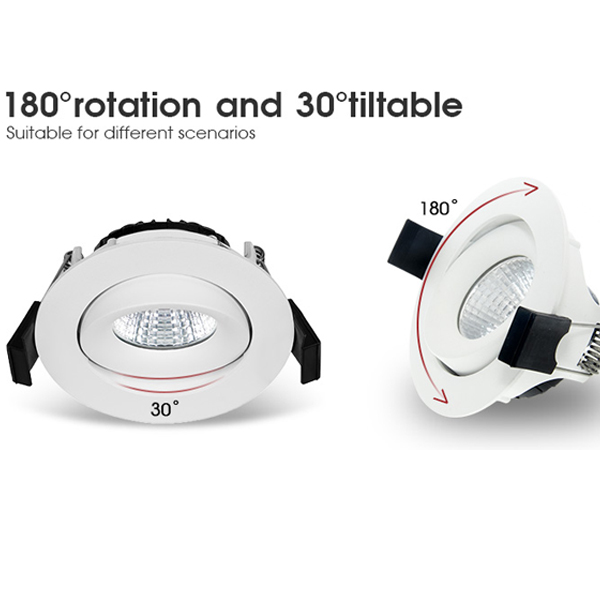
If you want to know more about the expertise of downlights, please contact us>>>



